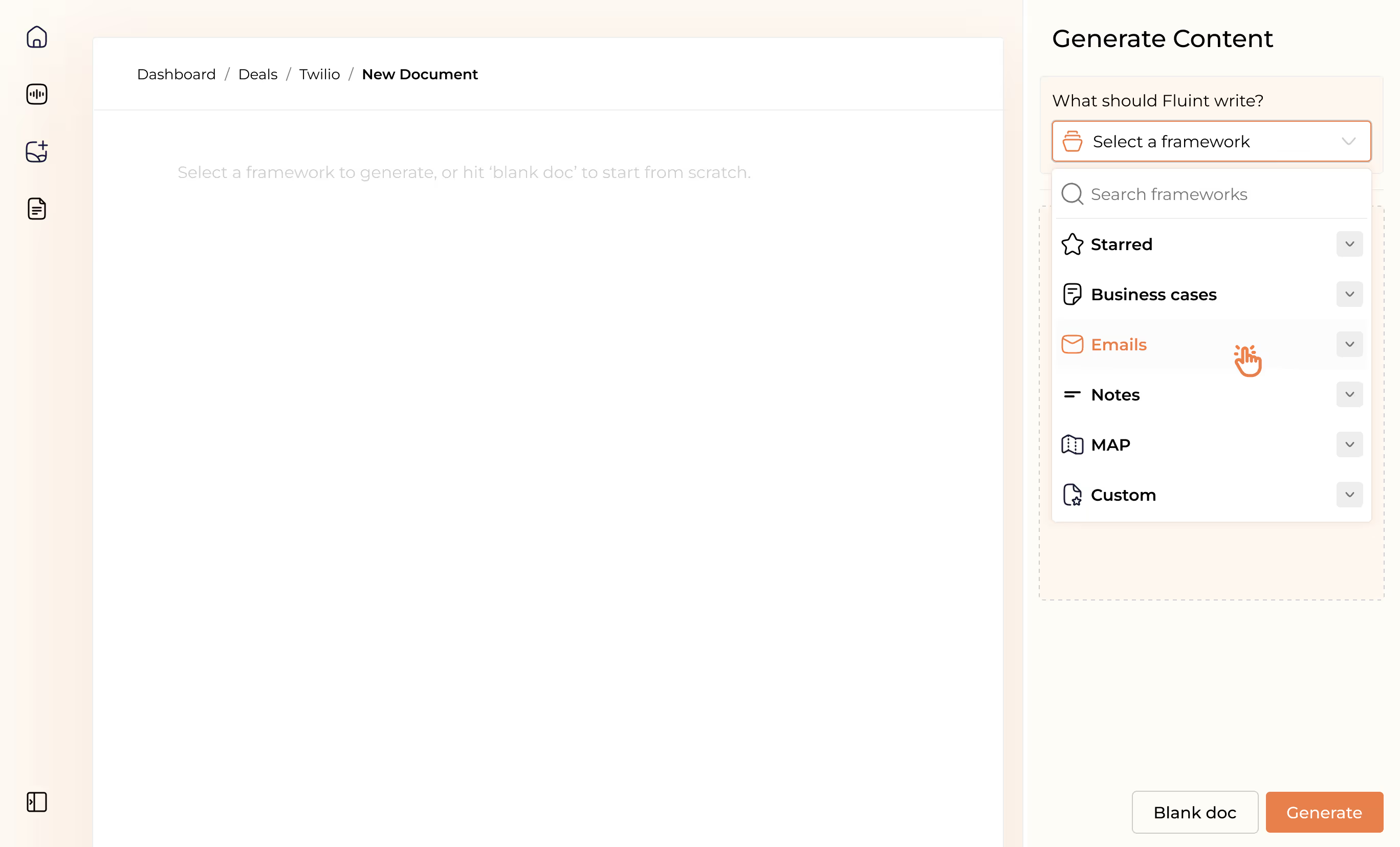How to Fix the Only Two Problems in Sales: Math & Drama


You’ll discover two types of problems in every deal:
- Math Problems
- Drama
If you’re not finding and working through both types, your deal’s at risk.
Yet most sellers' activity only touches on the first problem — math. Here’s the difference:
- Math problems have solutions. Drama doesn’t.
- Math is what you’re selling. Drama is about how you sell.
- Math is about products that add, subtract, divide. Drama is about people.
Once a math problem is solved, it goes away. Meanwhile, drama persists because it’s about the stories that we listen to and create for ourselves. Our brains are wired for drama, which clouds our ability to work through the math problem.
And here’s the thing: math problems go unsolved because of drama.
Here are two examples.
Math & Drama with Astronauts & Racism
There’s this movie, Hidden Figures, that’s all about the role three brilliant Black women played during the space race at NASA.
At the start of the movie, the women are treated like pariahs. Sideways looks, salty conversation, and schemes to prevent them from doing good work. For example, in an early scene, one of these women, Katherine Johnson, is sent running across the NASA compound to use a segregated bathroom for "her kind.”
But later in the movie, astronaut John Glenn says Katherine — who he calls “the smart one” — needs to personally double-check the team’s calculations and the IBM computer’s work before he’ll let NASA launch him into orbit.
So in a twist of fate, a mathematician is sent running across the compound to find Katherine. And later, Katherine cracks an intense math problem to calculate the right approach to help John’s re-entry, without him dying.
The two types of problems in play here are pretty clear.
1/ Math.
Katherine uses a formula called “Euler’s Method” to crack a complex calculation. It’s literal math written on a massive chalkboard. Addition, subtraction, division.
2/ Drama:
Until Katherine calls out the drama — overt racism, arrogance, mistrust, and outright emotional abuse — she can’t contribute to the math problem.
Racism wasn’t solved in the movie. But the math problem was solved — after naming and working through racial tension inside the committee.
Case Study: The Two Types of Problems
Making sense? Okay, here’s the next idea: drama isn’t a real problem.
As an early startup founder, I might say, “We don’t have enough money to do all these things.” Which leads me to believe, “We’ll never grow as fast as we need,” and, “I’ll be seen as a failure.”
But all of that’s just drama. It’s not a problem.
It’s not a problem because there’s no possible solution. The problem is, “How do I meet user need X, with just $Y?” And there are lots of ways to go about that.
Here’s a real-life case study of this.
The Situation
An outdoor retailer was gearing up for the holiday season. They knew they’d get a ton of support inquiries from customers asking about sizing, gift return policies, gear specs, etc.
Last year, they tried to get ahead of the holiday rush by investing in 1,000’s of content pages. To hopefully give customers the information they needed, without overwhelming their support staff with questions. It was a massive project led by the VP of Support.
Problem was, their customers couldn’t find what they’re looking for inside all of that content. So they’d give up quickly, and ask to talk to a human. Which created a backlog of angry customers, lost revenue from bouncing out of the order process — and a whole lot more staffing costs.
The Math Problem
More customer inquiries than support staff, and longer wait times than patience. The solution?
By adding a search API that understood the intent of customer questions, customers got the right article and the help they needed, fast, without having to talk to humans. Subtracting from the number of support tickets, which were easily divided among the existing support staff.
The Drama
It took a long time to get to a solution to a relatively simple math problem. The reason? Drama. Lots of it:
- The VP Support was scared her reputation was on the line. She pushed for the big content project and didn’t want to admit it didn’t get the job done.
- The Support Manager was fearful for his job. So he continued telling everyone he was sooo crazy busy and didn’t have the time to look at a solution, to appear needed and valued. The backlog = job security.
- The eCommerce Director was nervous he wouldn’t hit his order conversion targets, and could easily shift the blame to Support’s slow response times.
How to Address Both Problems
Notice in the last case study that drama was doing something for each buyer.
In short, all of the drama boiled down to each buying committee members’ need to feel safe in their job, and needed in the organization.
They were telling themselves stories about their internal reputations rooted in fear and risk.
So when you feel a right-fit deal being blocked — especially one with an ROI that’s enough to make any CFO weep tears of joy — that’s because members of the buying team believe they need and want the drama to continue.
And when that’s the case, it’s because you haven’t connected solving the math problem to meeting a core longing the drama’s filling.
The solution only comes once you’ve pushed back the drama for long enough that you can work the math problem. In this case, it’s helping each buyer believe a new story:
- VP Support: “My content project paved the way for this solution to work. I’ll be rewarded and celebrated once we finish the solution.”
- Support Manager: “I’ll be free to work on more meaningful projects valued by our leadership — not just running on a support treadmill every week.”
- eCommerce Director: “I know my team has my back, and will come alongside me to make sure I hit my targets.”
We rarely see drama for what it is when we’re in it. Which is why it’s your job as the seller to label what’s felt, and connect it back to the math problem.
(I totally learned this framework from my own therapist by the way. We're all only human.)
FAQ's on:
Why stop now?
You’re on a roll. Keep reading related write-up’s:
Draft with one click, go from DIY, to done-with-you AI
Get an executive-ready business case in seconds, built with your buyer's words and our AI.

Meet the sellers simplifying complex deals
Loved by top performers from 500+ companies with over $250M in closed-won revenue, across 19,900 deals managed with Fluint

Now getting more call transcripts into the tool so I can do more of that 1-click goodness.



The buying team literally skipped entire steps in the decision process after seeing our champion lay out the value for them.


Which is what Fluint lets me do: enable my champions, by making it easy for them to sell what matters to them and impacts their role.








